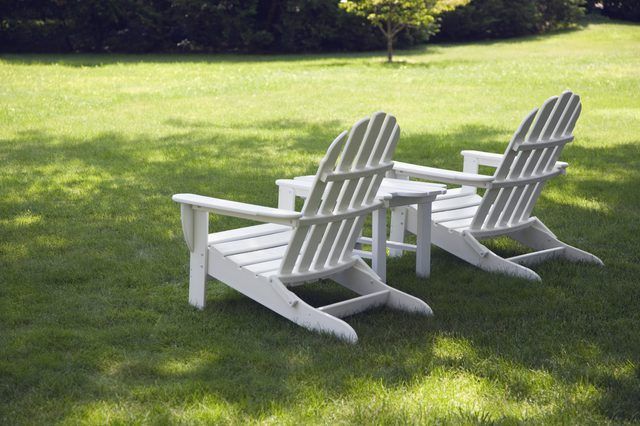Bulbs
Flower Basics
Flower Beds & Specialty Gardens
Flower Garden
Garden Furniture
Garden Gnomes
Garden Seeds
Garden Sheds
Garden Statues
Garden Tools & Supplies
Gardening Basics
Green & Organic
Groundcovers & Vines
Growing Annuals
Growing Basil
Growing Beans
Growing Berries
Growing Blueberries
Growing Cactus
Growing Corn
Growing Cotton
Growing Edibles
Growing Flowers
Growing Garlic
Growing Grapes
Growing Grass
Growing Herbs
Growing Jasmine
Growing Mint
Growing Mushrooms
Orchids
Growing Peanuts
Growing Perennials
Growing Plants
Growing Rosemary
Growing Roses
Growing Strawberries
Growing Sunflowers
Growing Thyme
Growing Tomatoes
Growing Tulips
Growing Vegetables
Herb Basics
Herb Garden
Indoor Growing
Landscaping Basics
Landscaping Patios
Landscaping Plants
Landscaping Shrubs
Landscaping Trees
Landscaping Walks & Pathways
Lawn Basics
Lawn Maintenance
Lawn Mowers
Lawn Ornaments
Lawn Planting
Lawn Tools
Outdoor Growing
Overall Landscape Planning
Pests, Weeds & Problems
Plant Basics
Rock Garden
Rose Garden
Shrubs
Soil
Specialty Gardens
Trees
Vegetable Garden
Yard Maintenance
How to Kill Weeds in Your Lawn
Nontoxic and chemical methods for killing common annual and perennial weeds in home lawn and landscape areas.
A weed-free lawn rarely comes without effort. Weeds, which are basically any type of broad-leaf plant or grass you don't want growing in your lawn, will take over when not managed. The creep can be slow at first, almost unnoticeable, before you get a chance to take stock of the problem. Methods for killing weeds in your lawn range from the nontoxic, but labor-intensive hand weeding method to carefully targeted and applied herbicide applications.

Two types of weeds commonly invade lawns: grass-type weeds and broad-leaf perennial weeds.
Common Grass-Type Weeds
Crabgrass (Digitaria spp.), an annual grass that takes over lawns by slowly crowding out lawn grass.
Goosegrass (Eleusine indica), an annual grass with flat stems that grows in clumps. Also called wiregrass.
Foxtail (Setaria spp.), an annual weedy grass with flat-leaf blades and large seed heads.
Common Broad-Leaf Weeds
Dandelions (Taraxacum officinale), the common yellow- flowering weeds seen all over unkept lawns. These perennials, which grow in U.S. Department of Agriculture zones 3 through 9, have deep taproots.
Broadleaf plantain (Plantago major), a low-growing broad-leaf weed hardy in USDA zones 3 through 10.
Hand Weeding
Hand weeding is an effective, nontoxic way to kill weeds in the lawn. Use a dandelion knife -- a narrow weeding tool designed to dig out dandelion taproots -- to dislodge perennial weed roots. If you leave root parts in the soil, some weeds will just regrow from the root. A dandelion knife is also effective for sliding under weedy grasses. Early in the season, or as soon as the weeds appear, is the best time to weed by and. Make sure to get dandelions and other flowering weeds before they go to seed or your task will be doubly hard next near.
Tip
Hand weeding is most effective if you do it regularly. Pull weeds as soon as they appear. Once weeds take over large areas of the grass, hand weeding is a daunting and time-consuming task.
Using Herbicides
Look for a herbicide that contains 2, 4-D along with dicamba to target a range of broad-leaf lawn weeds. For weedy grasses, look for a product that also contains quinclorac. You can find herbicides that contain a combination of these ingredients to control both broad-leaf weeds and weedy grasses at the same time. These ingredients should be listed on the front of the label, typically in the lower left-hand corner. Use herbicides to spot-spray the affected area rather than spraying the whole lawn area. Spray in the spring and early summer when weeds are actively growing. Wait for a dry day with temperatures between 45 and 90 degrees Fahrenheit.
How to Apply
Things You'll Need
Rubber gloves
Long pants
Long-sleeve shirt
Socks and shoes
Safety goggles
1-gallon hand-held sprayer
Step 1
Put on long sleeves, shoes and socks, safety goggles and rubber gloves before starting.
Warning
Before spraying any weed-control chemical on lawn grass, make sure the product is safe for your lawn. Not all herbicides are safe for all lawn types.
Step 2
Mix 1 to 2 ounces of concentrated herbicide with 1 gallon of water in a 1-gallon sprayer. This is enough to cover a 500-square-foot area.
Tip
You can skip the mixing step by buying a ready-to-use product. These typically come with a sprayer nozzle attached.
Step 3
Spot-spray weeds in the lawn until the leaves are damp but not dripping. Avoid using so much that the herbicide pools or puddles around the weed.
Step 4
Spray again 14 days after first application. This helps target and eliminate weeds like dandelions, crabgrass and foxtail. Do not use more than twice a year.
Step 5
Wait to mow the lawn for at least two days after spraying weeds, and make sure the clippings go in the garbage, not in the compost or mulch pile.
Step 6
Wait four weeks before reseeding the area after spraying herbicides.
Warning
Stay off the treated areas and keep pets and children away until the area dries completely. If you get any herbicide on your skin, wash it off right away with soap and water. Discard all used empty product containers in the garbage. Never reuse herbicide containers for any reason.